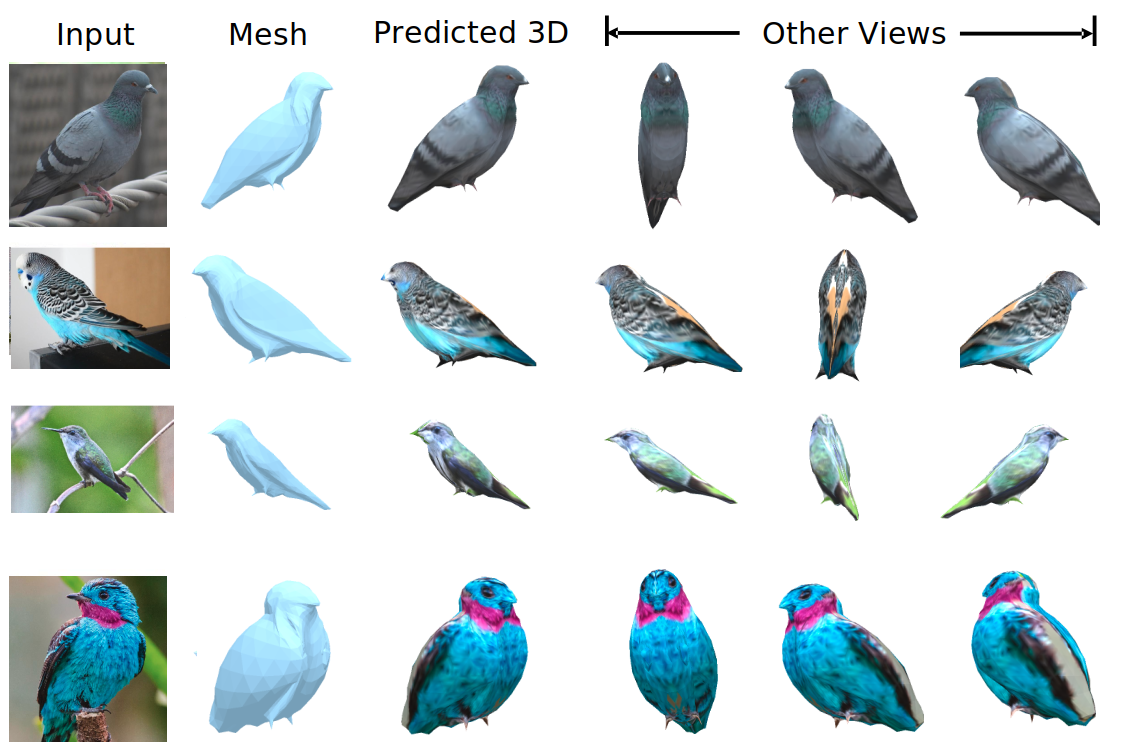AugMax: Adversarial Composition of Random Augmentations for Robust Training
Haotao Wang, Chaowei Xiao, Jean Kossaifi, Zhiding Yu, Anima Anandkumar, and Zhangyang Wang
In NeurIPS 2021
Overview
We propose AugMax, a data augmentation framework to unify the diversity and hardness. Being a stronger form of data augmentation, AugMax leads to a significantly augmented input distribution which makes model training more challenging. To solve this problem, we further design a disentangled normalization module, termed DuBIN (Dual-Batch-and-Instance Normalization) that disentangles the instance-wise feature heterogeneity arising from AugMax. AugMax-DuBIN leads to significantly improved out-of-distribution robustness, outperforming prior arts by 3.03%, 3.49%, 1.82% and 0.71% on CIFAR10-C, CIFAR100-C, Tiny ImageNet-C and ImageNet-C.
AugMax achieves a unification between hard and diverse training samples.
AugMax achieves state-fo-the-art performance on CIFAR10-C, CIFAR100-C, Tiny ImageNet-C and ImageNet-C.
Training
AugMax-DuBIN training on <dataset> with <backbone>:
python augmax_training_ddp.py --gpu 0 --drp <data_root_path> --ds <dataset> --md <backbone> --Lambda 10
For example:
AugMax-DuBIN on CIFAR10 with ResNeXt29:
NCCL_P2P_DISABLE=1 python augmax_training_ddp.py --gpu 0 --drp /ssd1/haotao/datasets --ds cifar10 --md ResNeXt29 --Lambda 10
AugMax-DuBIN + DeepAug on ImageNet with ResNet18:
NCCL_P2P_DISABLE=1 python augmax_training_ddp.py --gpu 0 --drp /ssd1/haotao/datasets --ds IN --md ResNet18 --deepaug --Lambda 10 -e 30 --wd 1e-4 --decay multisteps --de 10 20 --ddp --dist_url tcp://localhost:23456
Pretrained models
The pretrained models are available on Google Drive.
Testing
To test the model trained on <dataset> with <backbone> and saved to <ckpt_path>:
python test.py --gpu 0 --ds <dataset> --drp /ssd1/haotao/datasets --md <backbone> --mode all --ckpt_path <ckpt_path>
For example:
python test.py --gpu 0 --ds cifar10 --drp /ssd1/haotao/datasets --md ResNet18_DuBIN --mode all --ckpt_path augmax_training/cifar10/ResNet18_DuBIN/fat-1-untargeted-10-0.1_Lambda10-jsd4_e200-b256_sgd-lr0.1-m0.9-wd0.0005_cos
Citation
@inproceedings{wang2021augmax,
title={AugMax: Adversarial Composition of Random Augmentations for Robust Training},
author={Wang, Haotao and Xiao, Chaowei and Kossaifi, Jean and Yu, Zhiding and Anandkumar, Anima and Wang, Zhangyang},
booktitle={NeurIPS},
year={2021}
}









